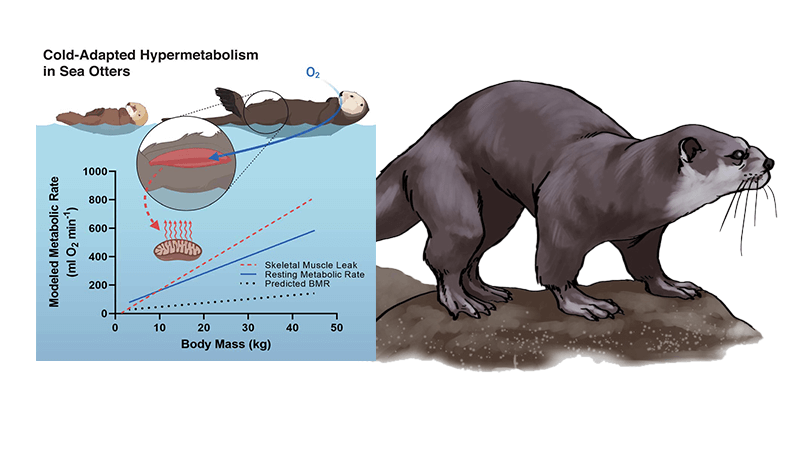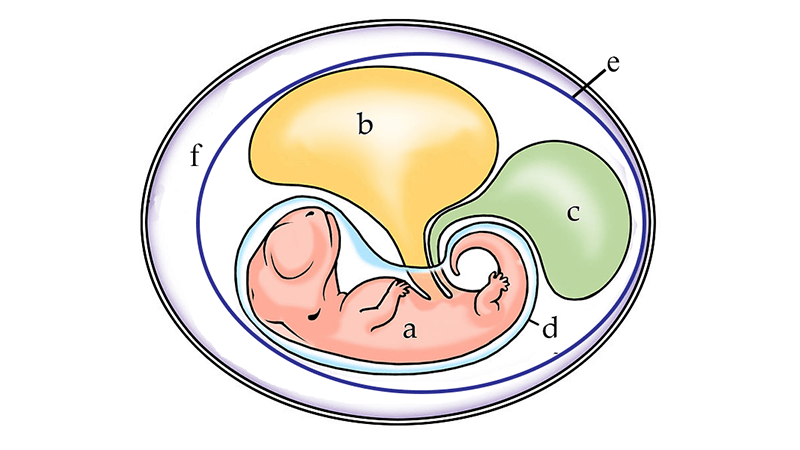Search results for: “mammals”
-
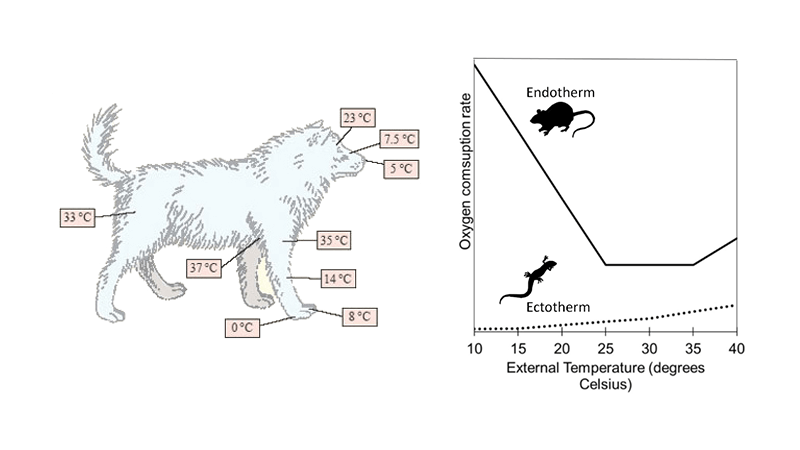
How do Mammals Maintain Their Temperature (CER)
Students examine graphs and images to develop an understanding of how mammals maintain their body temperatures compared to ectothermic animals.
-
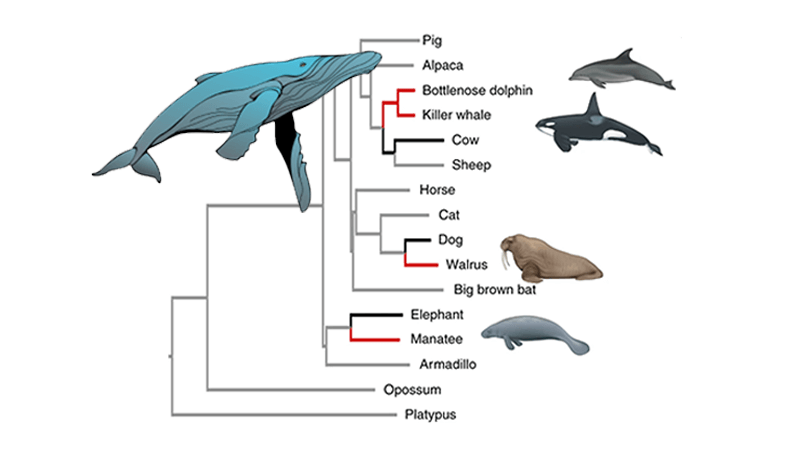
Mutations and Evolution in Aquatic Mammals
Students examine a phylogenetic tree that reveals mutations found in aquatic mammals as evidence of convergent evolution.
-
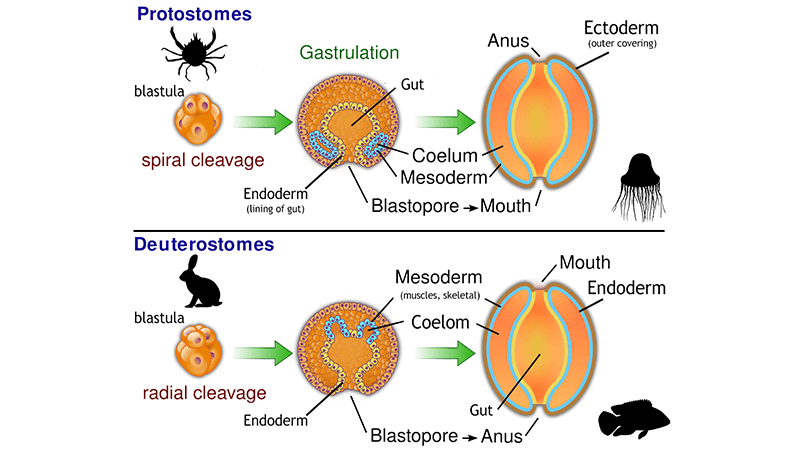
Compare Body Plans of Protostomes to Deuterostomes
Compare protostomes to deuterostomes, including details on the development of the blastula. Questions rely on students carefully examining the graphic.
-
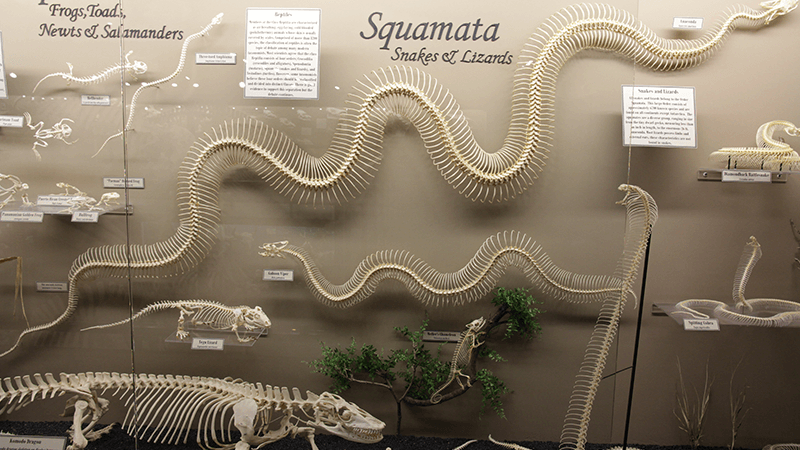
Understanding the Evolution of Limbs in Snakes
Where did snakes come from? There’s a popular story about snakes in Ireland and how they were lead away by St. Patrick. From a science perspective, snakes likely never were in Ireland to begin with. Many islands don’t have snakes. Why? Because they haven’t had time to evolve there. The activity is adapted from Understanding…
-
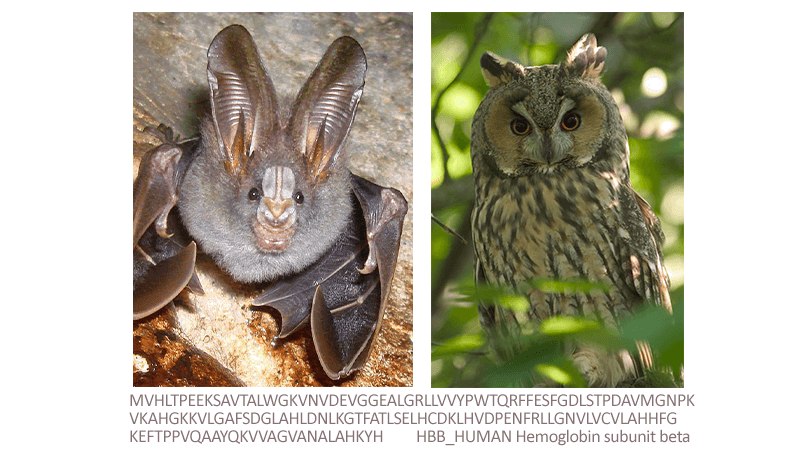
Are Bats Birds?
This activity gives AP students the opportunity to work with the protein database: UniProt by sequencing the protein hemoglobin in bats, birds, and other mammals.
-
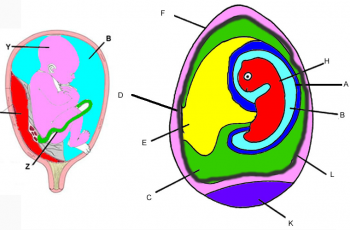
Comparing the Amniote Egg to the Placenta – Coloring
Color the amniote egg of a chicken and compare to the development of a human embryo.
-

Claim, Evidence, Reasoning (CER) Science Topics
A list of topics and articles for students to use to practice claim, evidence, and reasoning.
-
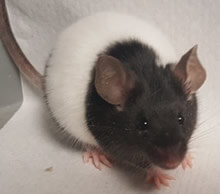
Top 10 Classroom Pets
Many science teachers have classroom specimens (or pets) to serve as model organisms, to teach students how to care for animals, and to generally liven up the space. When I first started teaching, I inherited a room that had beautiful cabinets full of specimens preserved in formaldehyde. I wanted a pet in that space…
-
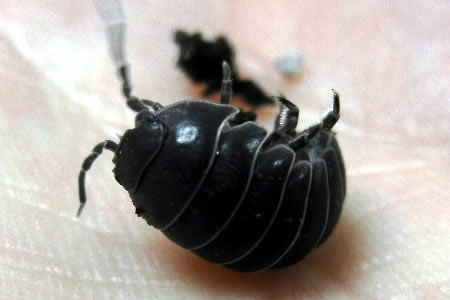
How to Raise Isopods (Pillbugs) for Your Classroom
How to keep isopods, or pillbugs, in the classroom. Use a plastic container with soil, water beads, and a place to hide!
-
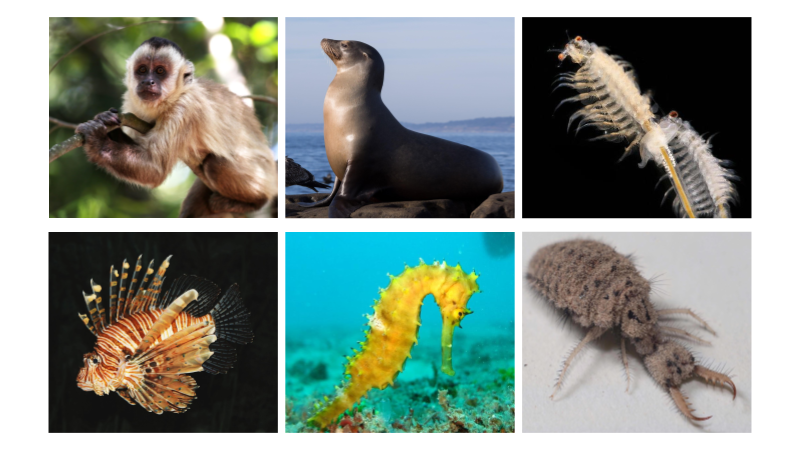
Taxonomy – The Science of Classifying Organisms
Why do we need a system to classify and name organisms? Here are some common names: Common names can be misleading. A sea monkey is a type of shrimp. A spider monkey is not a spider, and a sea horse is fish. Sea cucumbers are strange little invertebrates that are related to starfish. Common names…
-
Dragonfly Textbook Reading Guides
These worksheets are tailored to the current textbook: Biology by Miller and Levine (commonly called the Dragonfly book) Most are specifically targeted to chapter sections – as in, students read the section of the chapter and answer very straightforward questions as they read. I originally designed the reading guides to encourage freshman students to read the…
-
Animal Groups and Phyla
A phylum is the next category beneath kingdom. Most biology textbooks are organized by phyla with chapters covering topics such as “reptiles” or “mammals”. This collection includes various worksheets related to animal groups. Introductory Slides and Overview of the Animal Kingdom Animal Symmetry – identify types of symmetryAnimal Phyla Matching – match the phylum…
-
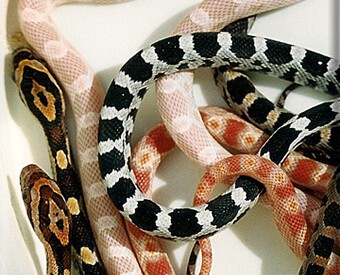
Evolution & Taxonomy
Evolution is often called the “unifying theory of biology” because it organizes all of the observations gathered by biologists and proposes and explanation for those observations. All state standards for teaching science include a section on evolution (sometimes called adaptation or change over time). Related Page: Animal Groups – Organized by Phyla Evolution Evolution: Fact,…


